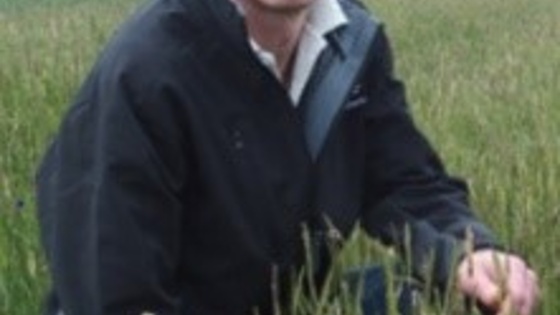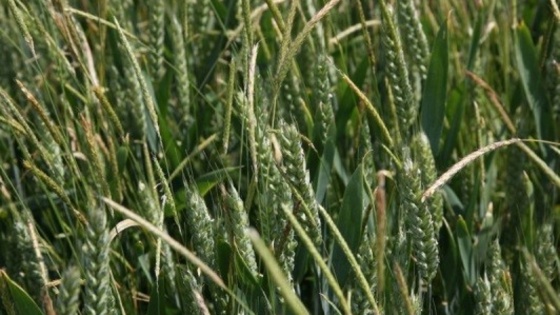Chemical Control - Black grass
High population levels and resistance to post-em graminicides means that both chemical and cultural control techniques need to be used together in order to gain acceptable levels of black-grass control.
Chemical control should start with the use of glyphosate on stubbles, stale seedbeds or cultivated soils to ‘burn-off’ any emerged black-grass prior to drilling the crop. Currently there are no confirmed cases of glyphosate resistant black-grass in the UK and it is important to follow WRAG guidelines to prevent it occurring (ref: Guidelines for minimising the risk of glyphosate resistance in the UK, WRAG 2016).
Once the crop is sown, the use of sequential applications of pre, peri and post-emergence herbicide mixtures is key to managing black-grass populations. Single applications made either pre or post-emergence are unlikely to give satisfactory control due to the nature of the weed, its germination pattern and strong, competitive growth.
Black-grass resistance to post-emergence graminicides is widespread resulting in the reduction in efficacy of these sprays. This means that we have to rely on the efficacy and get the most out of the residual herbicides which are applied pre and peri-emergence of the weed in order to gain control of black-grass.
Flufenacet and pendimethalin are currently the strongest pre-emergence active ingredients against black-grass and so products that contain these actives tend to give the best levels of control.
BASF and independent trials over several years have shown that pre-em applications of Crystal, which contains flufenacet and pendimethalin, in mixture with DFF gives the best start to black-grass control. For the most challenging black-grass situations use a pre-em programme of Avadex granules followed by Crystal + DFF at full rates 4.0lt/ha of Crystal and 0.2lt/ha DFF.
Once the crop starts to emerge, products containing flufenacet and pendimethalin, such as Crystal, Pontos and Quirinus are also valuable partners in the early follow-up herbicide application timing when the black-grass is at peri-em or very early post-em. This sequence of applications effectively ‘tops up’ the pre-em sprays in order to obtain the greatest persistency and control of the black-grass.

Chemical Control
Introducing Our Experts
Stuart Kevis
Stuart studied agriculture at Writtle College and became involved in arable R&D with an industrial placement with Cyanamid. He then joined Nickerson’s (now Limagrain) as part of the wheat breeding team that brought varieties like Claire to the UK market.
Stuart has been with BASF for over 16 years. He started in the Development team responsible for conducting field trials across a range of crops and indications which has given him a broad experience of cropping in the UK as well as specialising in cereal herbicide trials and products.
Stuart has just returned to the UK business after a 4-year delegation to the company's European headquarters in Limburgerhof, Germany. Here Stuart was the European Technical Manager for Cereal Herbicides, so was responsible for the technical project management aspects of BASF’s cereal herbicide portfolio across Europe. This has given him a unique insight into the complete process of pipeline development of compounds through to life cycle management.
Now back in the UK business, Stuart’s role is a Business Development Manager where he is part of a team responsible for the company's interface with UK distribution, to pursue new business ideas and to work actively with UK research organisations in bringing scientific knowledge to practical recommendations for growers.

Iain Ford
"Having come from a farming background and spending almost 10 years working ‘on-farm’ as an agronomist, I have had a good grounding in UK agriculture. Since 2002 I have worked for BASF within the arena of technical development and advice.
Latterly, this has been in the role of Business Development Manager with technical responsibility for cereal herbicides. This role involves being part of the team responsible for the company's interface with UK distribution, to pursue new business ideas and to work actively with UK research organisations and independent influencers to develop both new and existing products across the portfolio in bringing scientific knowledge to practical recommendations for growers."

